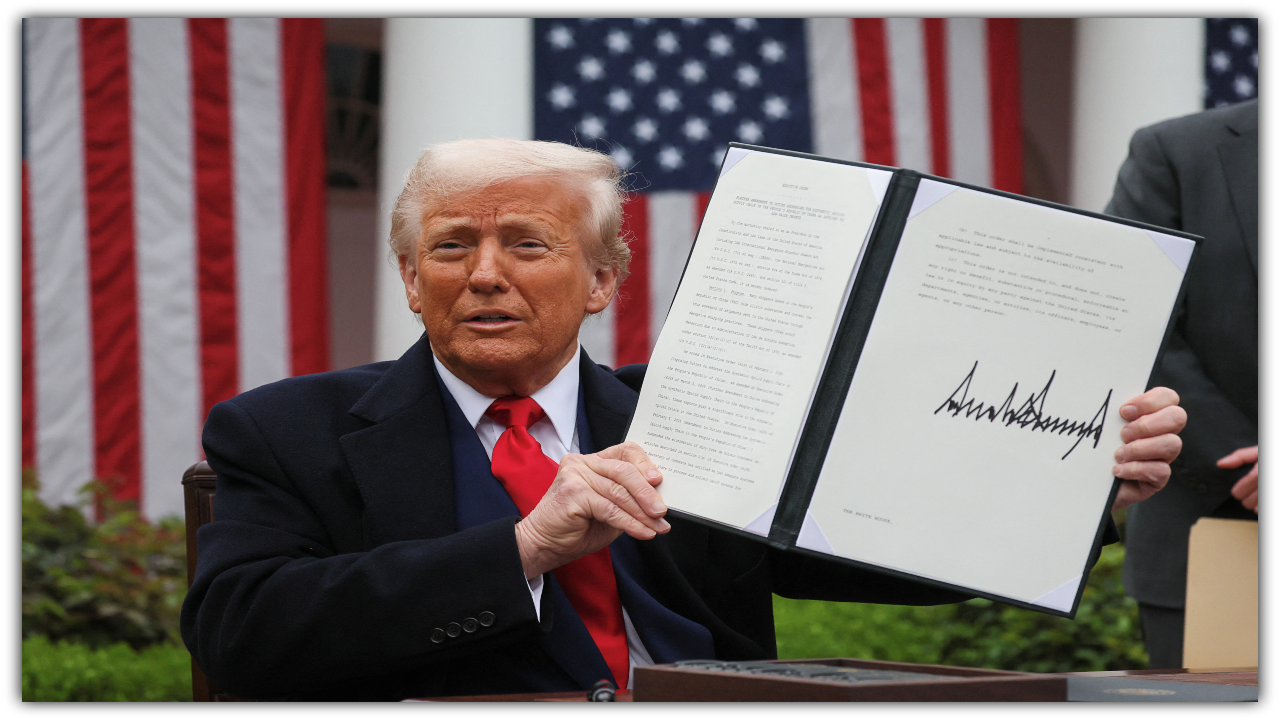54% Tariffs on China?! Here’s What Trump’s Trade War Means for Your Wallet
Big changes are happening in U.S. trade policy again—and if you’ve been hearing about “Trump’s tariffs” making a comeback, you’re not imagining it. In 2025, Donald Trump has introduced a new round of tariffs, but this time with a twist: they’re being called “reciprocal tariffs.” Let’s break down what that means, how it might affect what you buy, and which countries are on the list.
So, What Are Reciprocal Tariffs Anyway?
Think of it like this: if another country charges a high tax on American-made products, the U.S. is now planning to match that with a similar tax on what we import from them. The idea? Make trade “fair” by leveling the playing field.
Here’s the short version of what’s happening:
-
A 10% tariff is now being applied to most imports from all countries.
-
On top of that, some countries—around 60 of them—are being hit with extra tariffs ranging anywhere from 11% to 50%, depending on how “unfair” their trade practices are seen.
When Did This Start?
The 10% universal tariff kicked in on April 5, 2025.
The country-specific tariffs were supposed to begin on April 9, but here’s where it gets interesting: Trump’s team decided to pause the extra tariffs for 90 days, to give countries a chance to negotiate better trade deals.
Except for China—they’re still facing the full increase.
What Are the Tariff Rates for Different Countries?
Here’s a snapshot of what some countries are facing under Trump’s plan:
-
China: 54% (includes older tariffs)
-
Cambodia: 49%
-
Vietnam: 46%
-
Sri Lanka: 44%
-
Bangladesh: 37%
-
India: 26%
-
European Union: 20%
-
Japan: 24%
-
South Korea: 25%
-
Australia, UK, Singapore: 10% (standard baseline)
So, yeah—these are pretty steep.
Why Should You Care?
If you’re thinking, “Okay, but how does this affect me?” — here’s the deal.
-
Prices may go up: If you shop at places like Walmart or Target, expect to see price increases on everyday items—especially things made in Asia, like clothing, electronics, and home goods.
-
Online shopping changes: Starting May 2, you might have to pay customs fees on things you buy directly from China (think Temu, AliExpress, Shein, etc.). That’s because the old rule that let you import up to $800 worth of goods duty-free from China is going away.
What About Businesses?
If you run a small business that imports goods—or you work for one—this could hit even harder:
-
Importers may see their costs spike.
-
Businesses might cut products or raise prices to cope.
-
Some might start looking for new suppliers in countries with lower tariffs.
Meanwhile, U.S. manufacturers might see this as a win, because imported goods will be less competitive. It’s a mixed bag.
Negotiations Are Ongoing
There’s a 90-day pause in place for most of these country-specific tariffs (except China), and the U.S. is already having conversations with some nations—like Vietnam—to try and work things out. Other countries are expected to follow soon.
Whether you support Trump’s approach or not, one thing’s clear: these tariffs are already shaking up global trade. They could affect how much you pay for clothes, phones, tools, or even furniture. And for businesses, especially smaller ones, this might be the start of some big adjustments.



Comments are closed, but trackbacks and pingbacks are open.